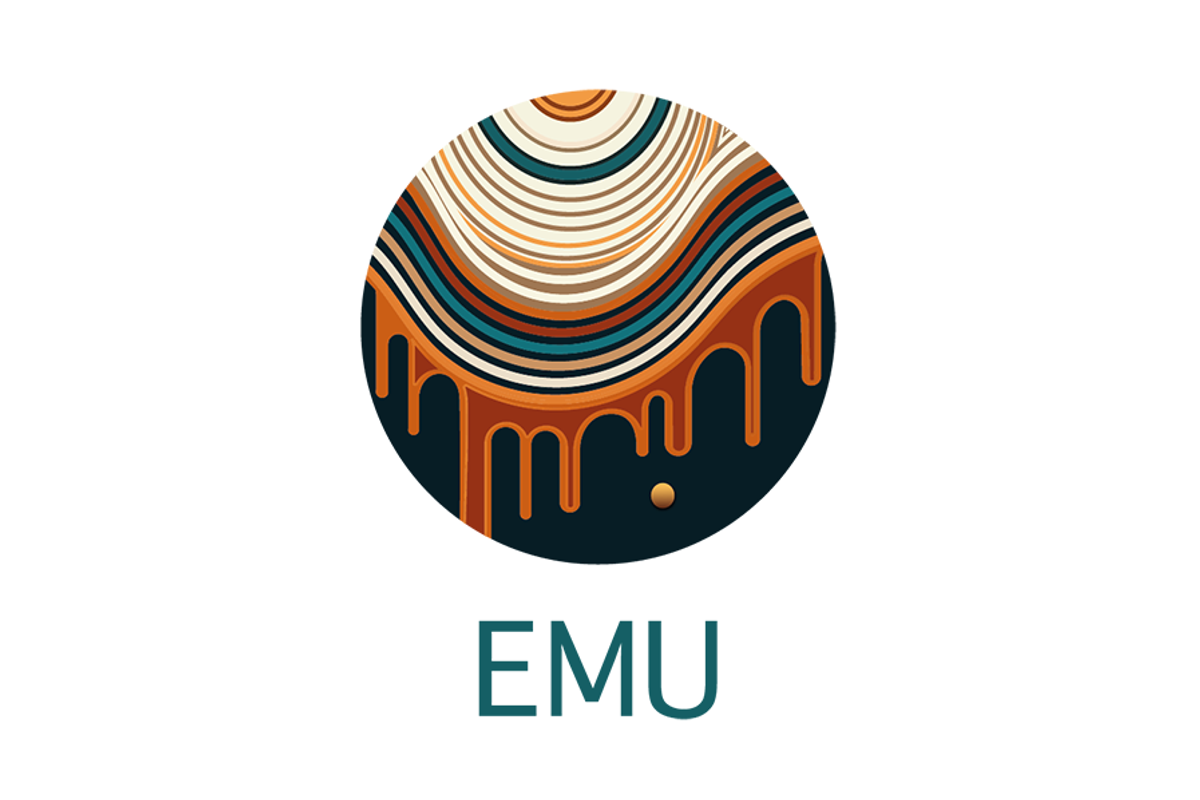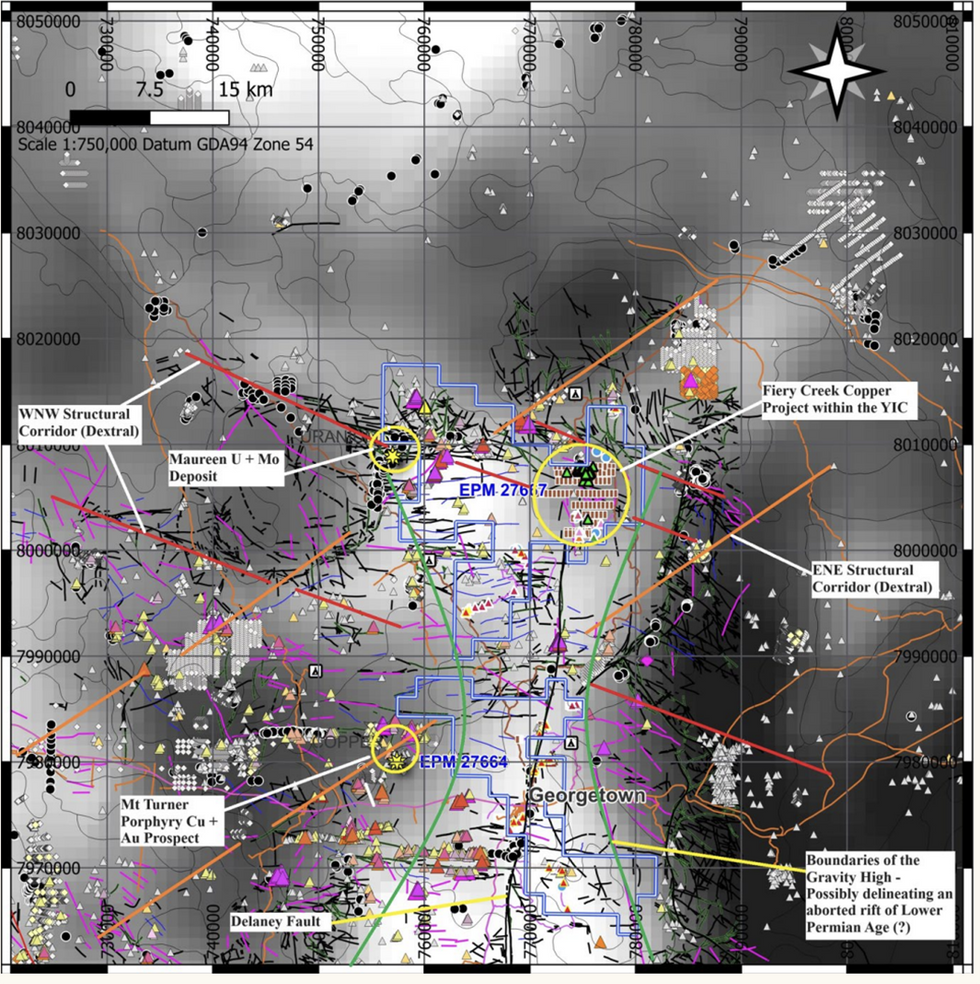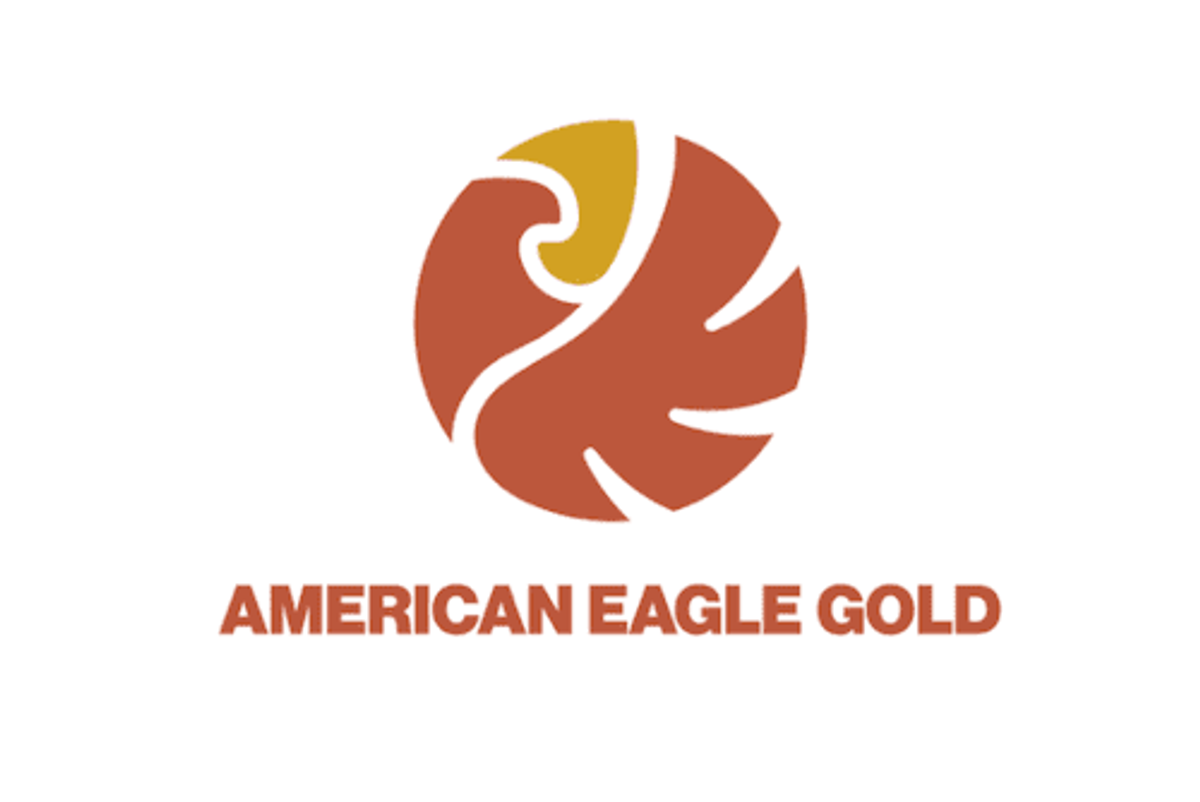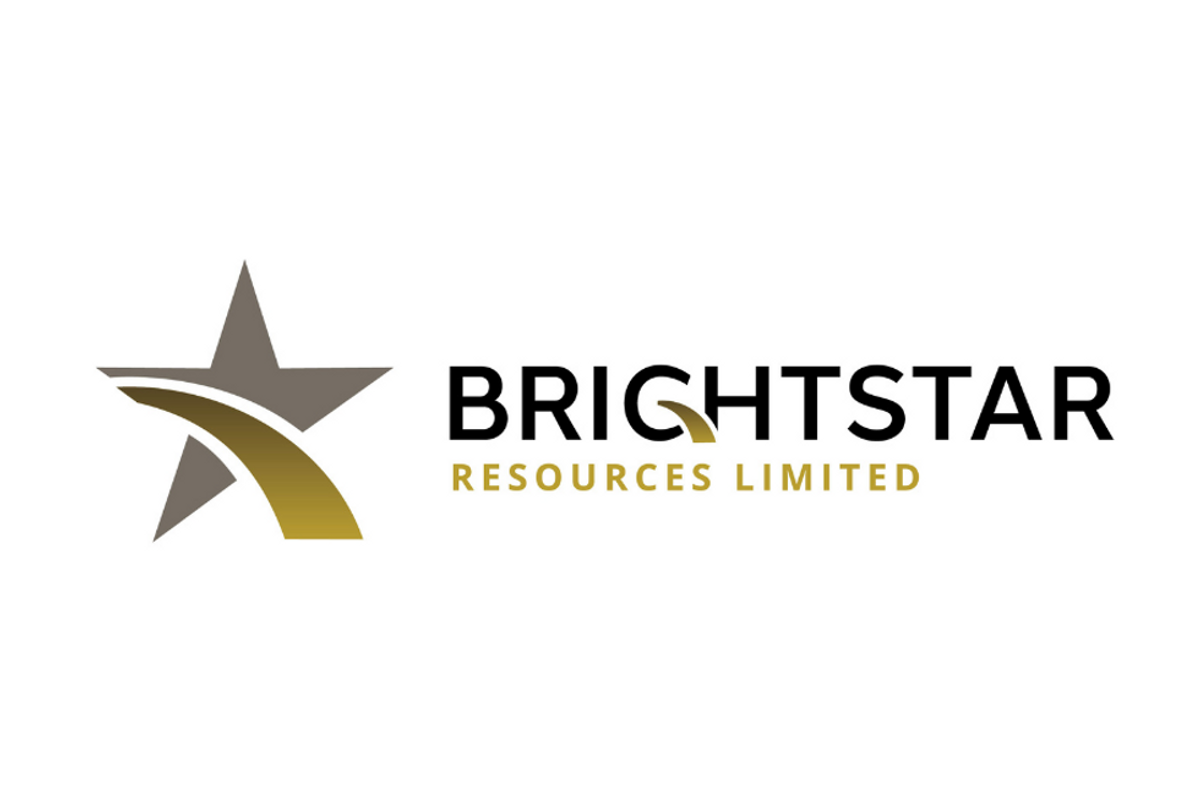
June 20, 2024
EMU NL (ASX:EMU) is an ASX-listed precious and base metals exploration company accelerating exploration at the highly promising Fiery Creek prospect, located within the Georgetown project in Northern Queensland. Spanning 850 sq. km. in North Queensland, the Georgetown project comprises three exploration permits: Georgetown, Perpendicular Peak and the Fiery Creek copper prospect. Fiery Creek is the most promising and current exploration interest for EMU.
The Georgetown project is located in a resource-rich yet under-explored region in Queensland’s far north, situated within the Georgetown mining district, with a significant history of mining activities and mineral discoveries.

Initial fieldwork has provided strong indications of a potential large-scale copper porphyry system at Fiery Creek. EMU is planning further geological mapping, systematic geochemistry and a geophysics survey to delineate the indicated porphyry system.
Investor Insight
EMU NL is an Australia-focused base and precious metals exploration company offering a compelling opportunity in the highly lucrative copper space. A strategic focus on delineating a potential large-scale copper porphyry system at its Fiery Creek copper deposit in Northern Queensland, combined with a leadership team of significant global experience and expertise, and an upward trending copper market, all make EMU NL worthy of considerable consideration for any investors looking at the copper sector.
This EMU NL profile is part of a paid investor education campaign.*
Click here to connect with EMU NL (ASX:EMU) to receive an Investor Presentation
EMU:AU
The Conversation (0)
19 January
EMU NL
Potential for large-scale copper porphyry discovery in Queensland, Australia
Potential for large-scale copper porphyry discovery in Queensland, Australia Keep Reading...
31 July
Quarterly Activities/Appendix 5B Cash Flow Report
EMU NL (EMU:AU) has announced Quarterly Activities/Appendix 5B Cash Flow ReportDownload the PDF here. Keep Reading...
19 May
EGM Voting Results
EMU NL (EMU:AU) has announced EGM Voting ResultsDownload the PDF here. Keep Reading...
15 May
Trading Halt
EMU NL (EMU:AU) has announced Trading HaltDownload the PDF here. Keep Reading...
30 April
Amended Quarterly Activities Report/Appendix 5B
EMU NL (EMU:AU) has announced Amended Quarterly Activities Report/Appendix 5BDownload the PDF here. Keep Reading...
30 April
Quarterly Activities/Appendix 5B Cash Flow Report
EMU NL (EMU:AU) has announced Quarterly Activities/Appendix 5B Cash Flow ReportDownload the PDF here. Keep Reading...
22h
New Found Gold Announces Infill Drilling at the Monte Carlo Zone, Queensway Gold Project
New Found Gold Corp. (TSXV: NFG) (NYSE American: NFGC) ("New Found Gold" or the "Company") is pleased to announce infill drill results from the Monte Carlo zone ("Monte Carlo") in the AFZ Core ("AFZC"), completed as part of the Company's ongoing 2025 drill program on its 100%-owned Queensway... Keep Reading...
23h
American Eagle Extends South Zone Discovery by over 300 Metres; Returns 91 m of 1.53% CuEq Within 167 m of 1.06% CuEq
Highlights: South Zone Expansion: NAK25-57 intersected 167 m of 1.06% Copper Equivalent (CuEq), including 91 m of 1.53% CuEq, within 909 m averaging 0.41% CuEq from surface; this extends the NAK25-46 discovery more than 100 m west. NAK25-52 extends the high-grade NAK25-48 discovery by over 200... Keep Reading...
11 December
Menzies Mineral Resource increases 22% to 0.7Moz @ 1.5g/t
Brightstar Resources (BTR:AU) has announced Menzies Mineral Resource increases 22% to 0.7Moz @ 1.5g/tDownload the PDF here. Keep Reading...
11 December
Aurum Returns High Grade Gold Intercepts at Tchaga, Napié Gold Project, Côte d’Ivoire
Aurum Resources (ASX: AUE, “Aurum” or “the Company”) is pleased to announce encouraging, broad gold intercepts from its ongoing 30,000m drilling program at the 0.87Moz Napié Gold Project1 in Côte d'Ivoire. The drill program is designed to grow Mineral Resources at Napié and has successfully... Keep Reading...
10 December
Gold Moving "Relentlessly Up," Generalist Rotation Starting — OceanaGold's Gerard Bond
Gerard Bond, president and CEO of OceanaGold (TSX:OGC,OTCQX:OCANF), shares recent company highlights and discusses gold's strong 2025 performance. In his view, the yellow metal's key drivers are de-dollarization, stagflation concerns, central bank buying and geopolitical uncertainty, all of... Keep Reading...
10 December
Gold Price Soars Above US$4,200 as Fed Cuts Rates, Silver Hits New High
The US Federal Reserve held its last meeting of 2025 from Tuesday (December 9) to Wednesday (December 10) amid growing division between doves and hawks as labor market and inflation concerns rise. The central bank met analysts’ expectations by lowering the federal funds rate by 25 basis points... Keep Reading...
Latest News
Latest Press Releases
Related News
TOP STOCKS
American Battery4.030.24
Aion Therapeutic0.10-0.01
Cybin Corp2.140.00








